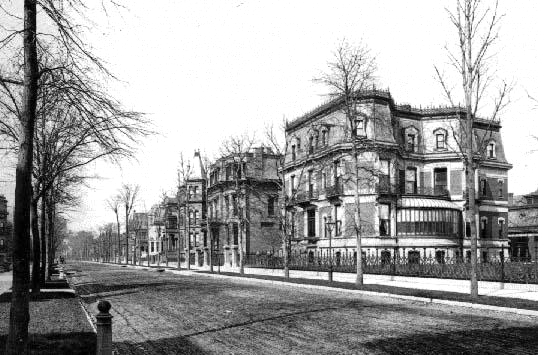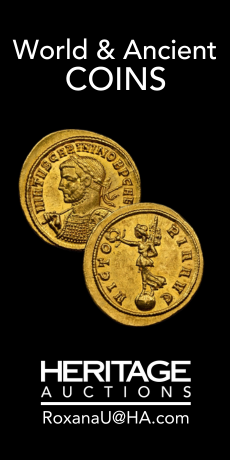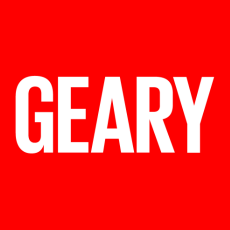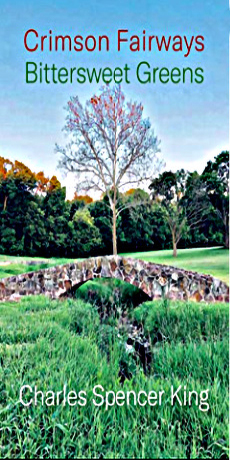On the Avenues
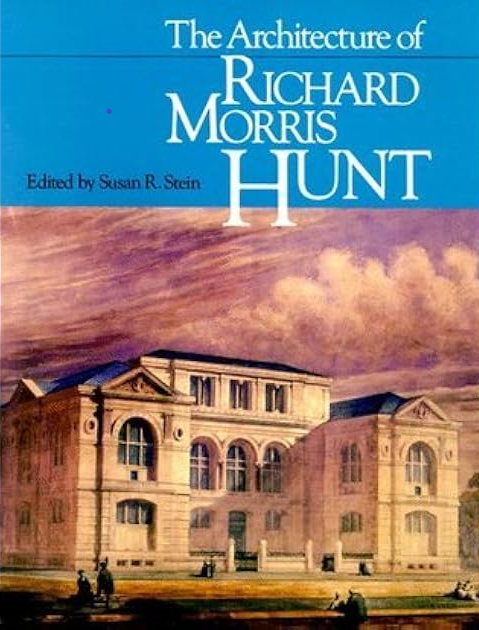
 By Megan McKinney
By Megan McKinney
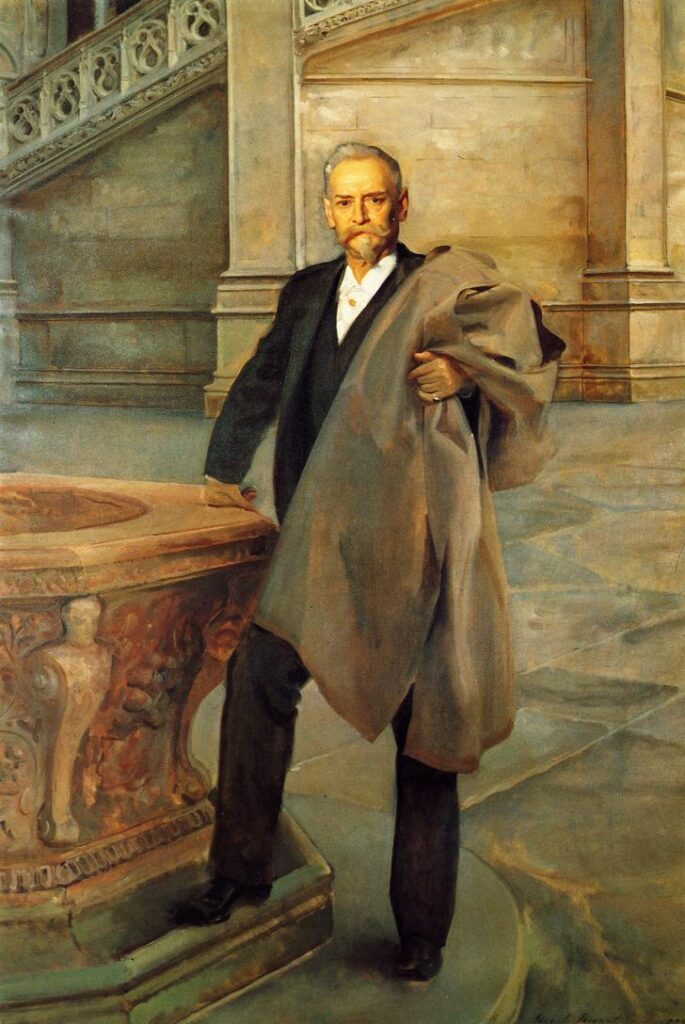
wikiartaart
Architect Richard Morris Hunt by John Singer Sargent in 1895
Architect Richard Morris Hunt was the first American to study at the École des Beaux-Arts in Paris and he was founder of the American Institute of Architects. In Chicago we think of him as an Avenue architect, especially Prairie Avenue and the great mansion he designed for Marshall Field on “the sunny street that held the sifted few.”
The Marshall Field mansion at 905 South Prairie Avenue
The Field residence reportedly cost $2,000,000 to build—an absolutely staggering amount in the mid 1870’s—and was “the first house in Chicago to have electric lights”. It has been noted that this great mansion “bears somewhat the same relation to Chicago’s social life of the past as does the famous William K. Vanderbilt mansion to New York’s aristocratic world.” Both were designed by Richard Morris Hunt.

Above is a tiny image of the Vanderbilt mansion, which stood at 660 Fifth Avenue, on the northwest corner of Fifth Avenue and 52nd Street.
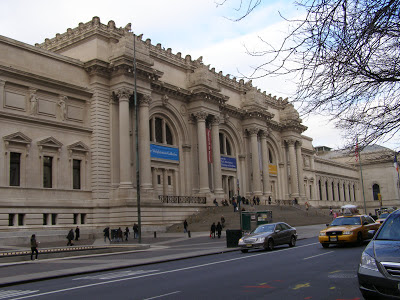
credit:S.Gruber2007
Further north on the same Avenue is the Metropolitan Museum of Art for which Mr. Hunt designed the facade . . .
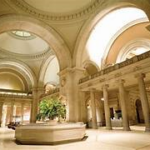
metmuseum.org
And he also was architect of the elegant Great Hall visitors enter immediately inside the stately entrance.
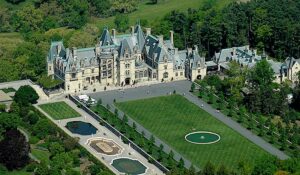
The Biltmore Estate near Asheville, North Carolina, has the distinction of being “America’s largest private house”. Like so many Richard Morris Hunt projects, it was a Vanderbilt commission.
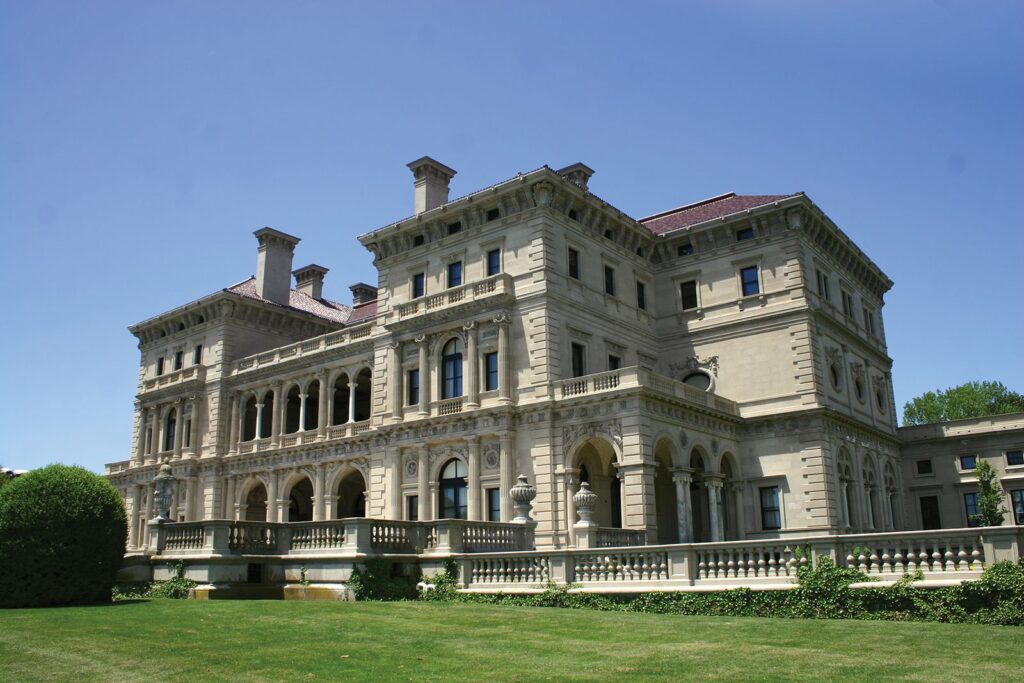
As was The Breakers in Newport, Rhode Island.
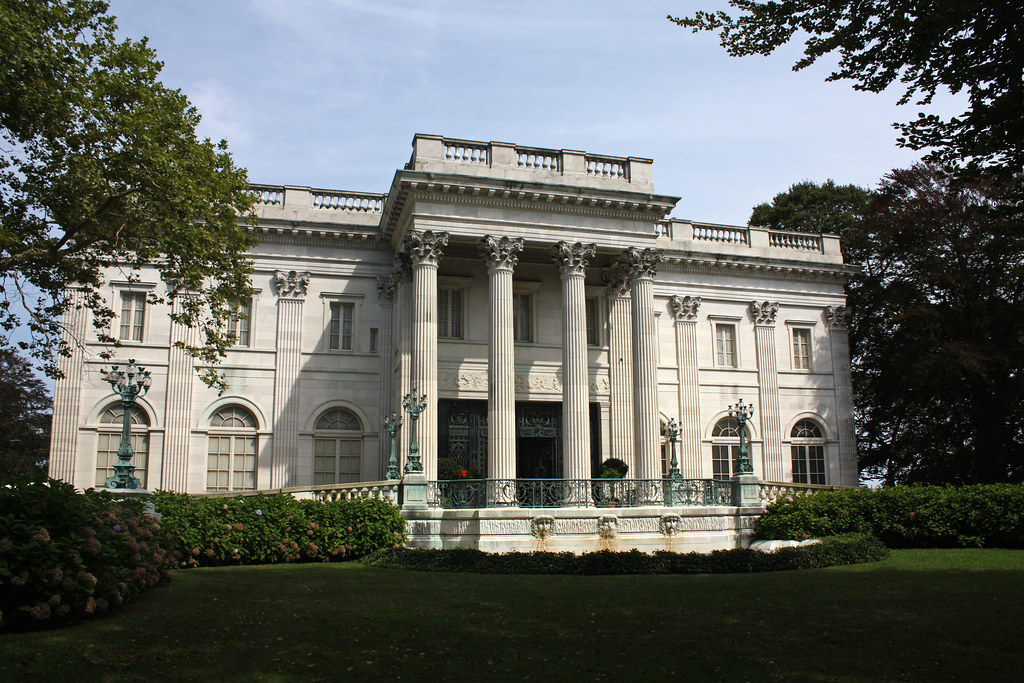
And Marble House, again by Richard Morris Hunt in Newport for Vanderbilts.
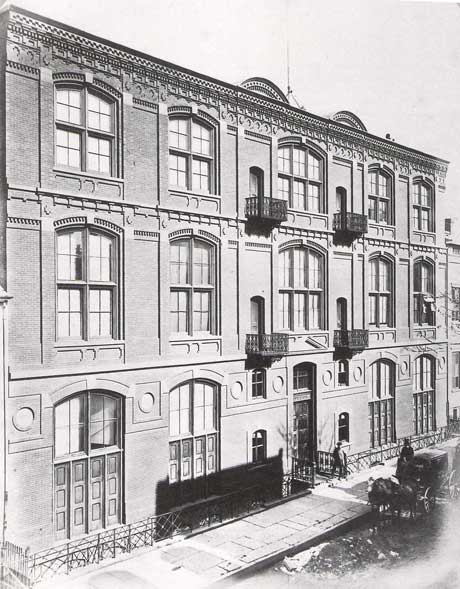
Back to Manhattan: The Tenth Street Studio was not only an early design by Mr. Hunt, he also leased space in the building.
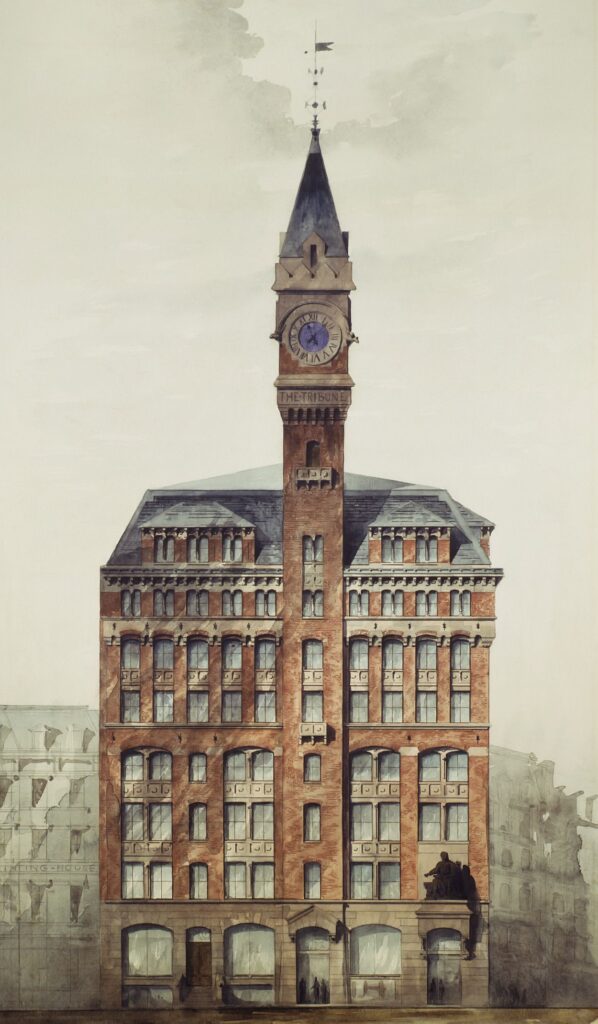
Richard Morris Hunt’s famous Tribune Building, constructed during 1873-1875, was one of the nation’s earliest buildings with an elevator.
![]()
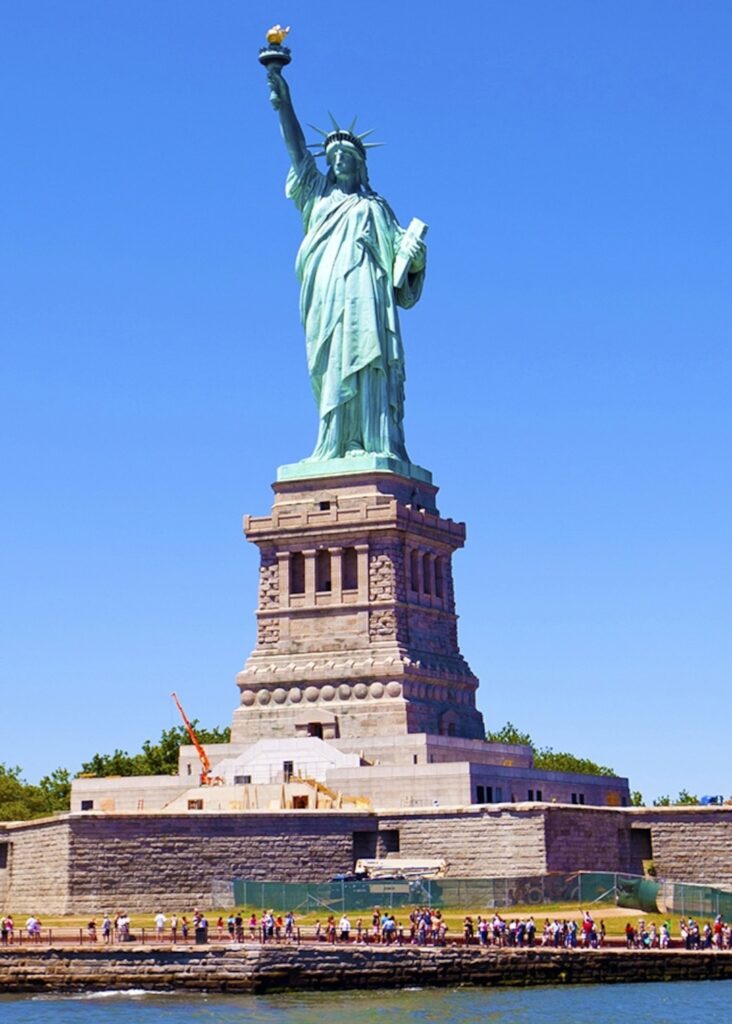
Finally, should you ever need know who designed the pedestal for the Statue of Liberty, it was today’s subject, Richard Morris Hunt. Officially titled Liberty Enlightening the World, the statue itself was a gift to the United States from the people of France and dedicated in 1886. Designed by French sculptor Frédéric Auguste Bartholdi, the statue’s metal framework was built by Gustave Eiffel.
Author photo: Robert F. Carl
By Megan McKinney
By the 1880’s, Marshall Field had become Chicago’s most powerful citizen; if he put his money and prestige behind something, it happened. “The richest?” We’ve been cautioned not to use that term, but yes, he was.
Of course he lived on Prairie Avenue, “the sunny street that held the sifted few.” And it has been noted that the Marshall Field mansion “bears somewhat the same relation to Chicago’s social life of the past as does the famous William K. Vanderbilt mansion to New York’s aristocratic world.” Both were designed by Richard Morris Hunt.
The Vanderbilt mansion stood at 660 Fifth Avenue, on the northwest corner of Fifth Avenue and 52nd Street.
Here is a closer look at the Field mansion, which reportedly cost $2,000,000 to build and was “the first house in Chicago to have electric lights”.
.




